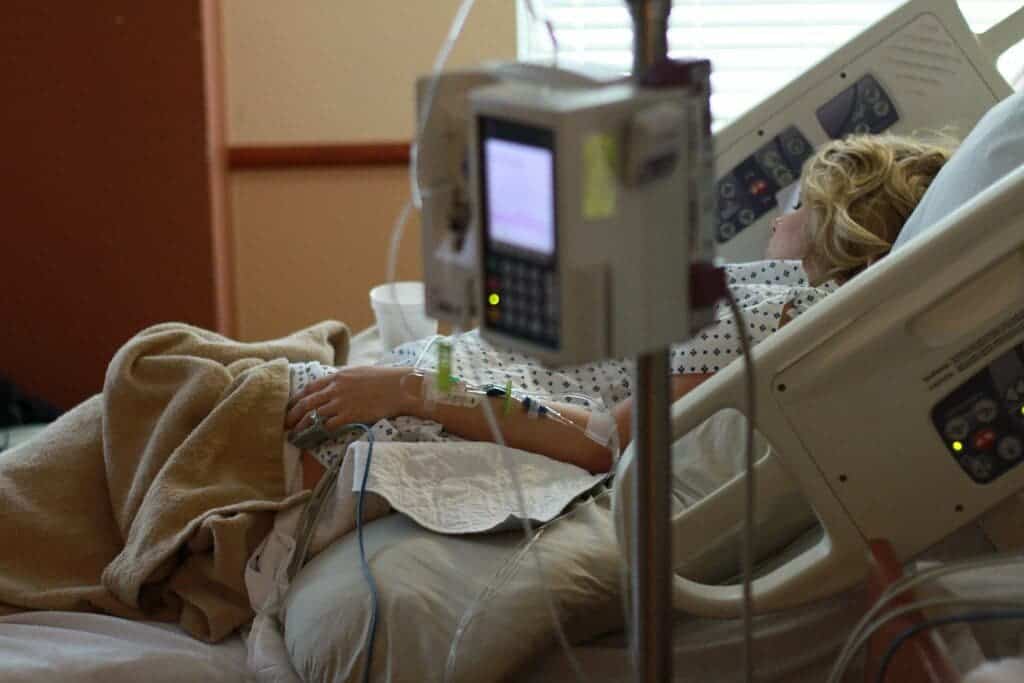An international team of researchers led by members at McMaster University has published a set of guidelines for healthcare workers to help them better treat intensive care unit (ICU) patients with COVID-19.

The Surviving Sepsis Campaign COVID-19 panel has released a set of 54 recommendations on several topics related to the treatment of the disease such as infection control, laboratory diagnosis and specimens, the dynamics of blood flow support, ventilation support, and therapy.
How to
“Previously there was limited guidance on acute management of critically ill patients with COVID-19, although the World Health Organization and the United States Centers for Disease Control and Prevention have issued preliminary guidance on infection control, screening and diagnosis in the general population,” said first author Waleed Alhazzani, assistant professor of medicine at McMaster.
The team explains that such “large clinical practice guidelines” typically take one or two years to develop but that, given the urgency of the situation, the team assembled this body of recommendations within 18 days. The guidelines should be useful to health care workers on the frontline, allied health professionals, and policymakers involved in the care of patients with COVID-19. Its authors included members from Australia, Canada, China, Denmark, Italy, Korea, the Netherlands, United Arab Emirates, United Kingdom, United States, and Saudi Arabia.
“Everyone worked hard to make this guideline available to the end user rapidly while maintaining methodological rigour.”
The 54 recommendations put together by the team include four best practice statements, nine ‘strong recommendations’, and 35 ‘weak recommendations’. The four best-practice statements are as follows:
- Healthcare workers performing procedures that have the potential of generating aerosols — intubation, bronchoscopy, and open suctioning among others — on patients with COVID-19 should wear fitter respirator masks such as N95, FFP2 or equivalent, not surgical masks, in addition to other personal protective equipment.
- Such procedures should only be performed in a negative pressure room if such installations are available. Negative pressure rooms are designed to prevent the spread of pathogens from room to room.
- Intubation of such patients should be performed by personnel with experience in airway management to minimize the number of attempts and thus, the risk of transmission.
- Adults with COVID-19 who are being treated with non-invasive, positive pressure ventilation or high flow nasal cannula should be closely monitored for worsening respiratory status and intubated early if needed.
The panel says they will issue further guidelines and update the existing ones in the future as the situation evolves.
The paper “Guidelines on the Management of Critically Ill Adults with Coronavirus Disease 2019 (COVID-19)” has been published in the journal Critical Care Medicine.


